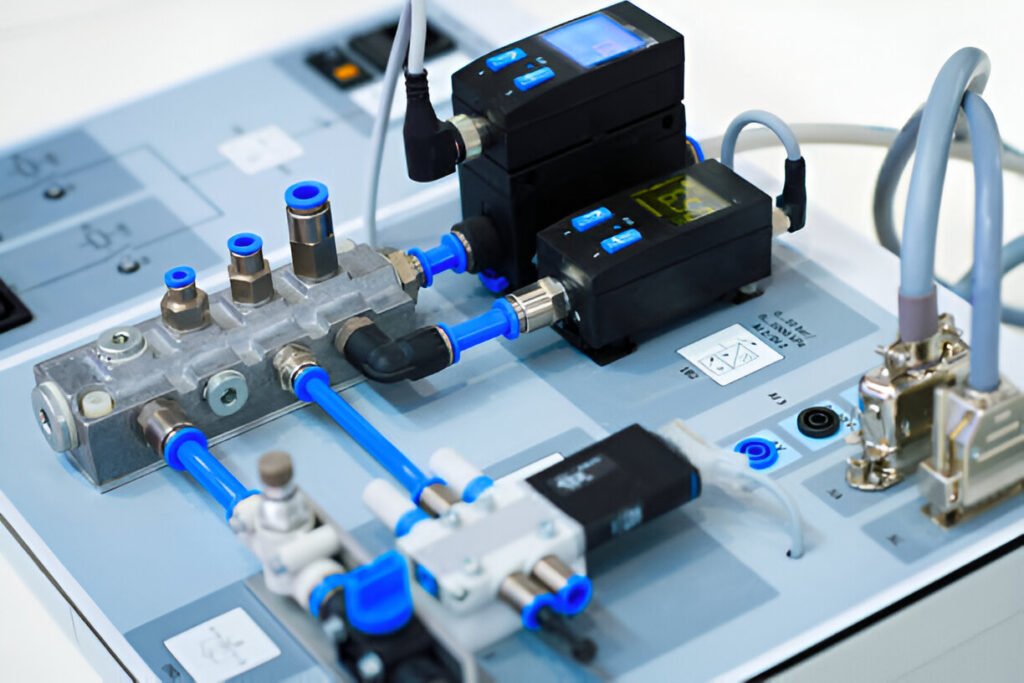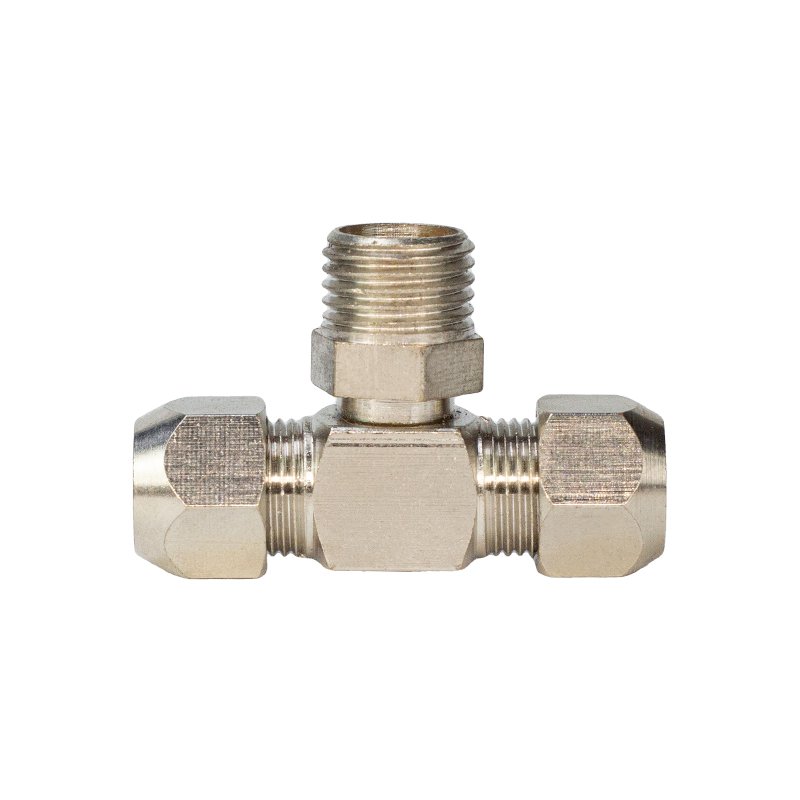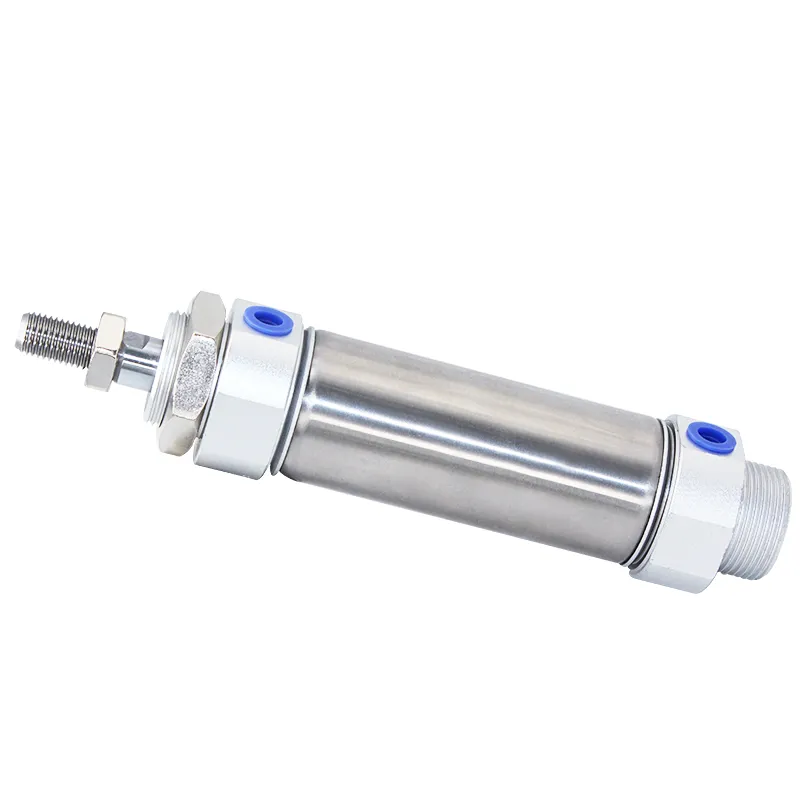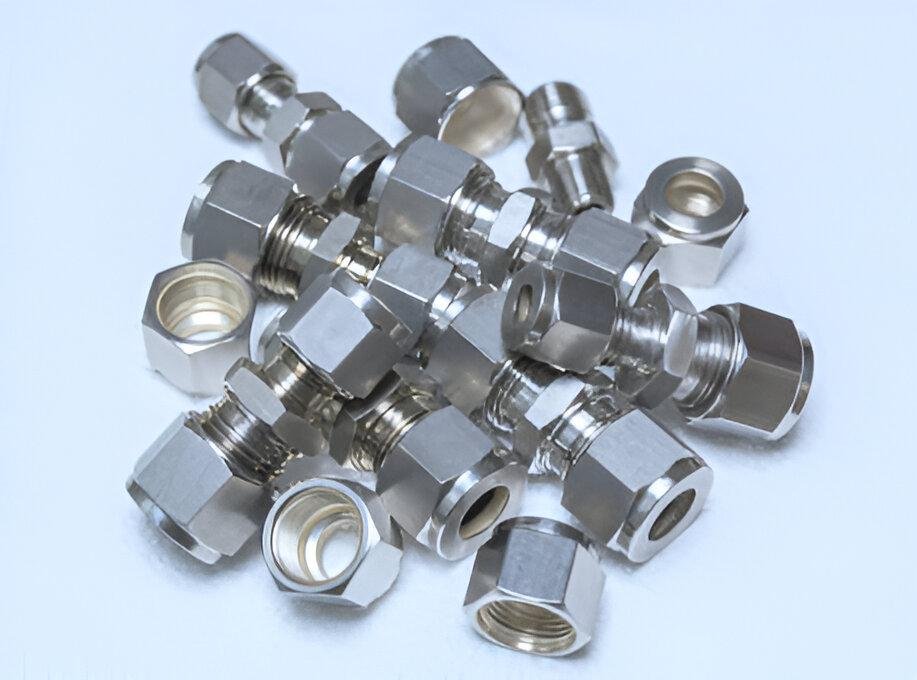In today’s industrial and communication fields, ferrule connectors play a crucial role. Have you ever encountered problems with unreliable electrical connections or unstable signal transmission? They not only improve the reliability of wire connections but also enhance the overall performance and safety of equipment.
This blog post will dive deep into the definition, structure, working principle, and applications of ferrule connectors in industries such as industrial automation and railway transportation. It will help B2B customers better understand how to select and use high-quality ferrule connectors to boost business efficiency. Ready? Let’s explore!
What is a Ferrule Connectors?
A ferrule connector, also known as a wire end sleeve connector, is a small but vital electrical component. Its core is a slender metal tube, usually made of copper or brass, sometimes ceramic or plastic. This tube, called a “ferrule,” wraps and secures the strands of a wire, preventing them from fraying and ensuring reliable contact with equipment terminals.
| Component | Description |
|---|---|
| Ferrule | Metal or ceramic tube to wrap wire ends, enhancing connection stability |
| Insulation Sleeve | Some ferrules come with a plastic sleeve to prevent short circuits and improve safety |
| Connector Body | Made from plastic, metal, or a combination, connecting ferrule and device |
Types and Classifications
Ferrule connectors come in a diverse range of types, each tailored to specific wire sizes, environmental requirements, or industry applications. Understanding these distinctions helps you select the ideal connector for your project, whether your priorities are reliability, safety, scalability, or cost-effectiveness. Let’s dive deeper into each major category, with practical explanations and comparative tables for clarity.
| Type | Description | Typical Application |
|---|---|---|
| Standard Ferrule | Copper or brass, suitable for various wire sizes | Industrial automation, building wiring |
| Insulated Ferrule | Comes with plastic sleeve for enhanced safety | High vibration environments, control panels |
| Double-tube Ferrule | Two parallel tubes for a tighter grip | Complex wiring scenarios |
| Stepped Ferrule | Adaptable to wires of different thicknesses | Multi-size cable management |
| Uninsulated Ferrule | Without insulation, for tight spaces or no insulation needs | Compact internal connections |
When choosing ferrule connectors, carefully match:
- Wire gauge & type
- Application environment
- Desired insulation and safety features
- Material (for current, vibration, or optical needs)
- Industry standards/compliance
The ferrule design prevents fraying of wire strands, reduces contact resistance, and protects against corrosion and vibration — ensuring stable connections over a long period.
Working Principle and Advantages of Ferrule Connectors
The working principle of a ferrule connector involves tightly fixing and protecting the stranded wires inside a metal sleeve, preventing strands from spreading and ensuring good electrical conductivity.
Basic Process:
- Stripping: Remove insulation from the wire end, exposing strands.
- Insertion: Insert the wire strands into the ferrule tube.
- Crimping: Use special crimping pliers to compress the ferrule tightly onto the wire.
- Installation: Connect the assembled ferrule to the terminal or connector.
| Advantages | Description |
|---|---|
| Enhanced Reliability | Prevents wire fraying, reduces risk of short circuits and poor contact |
| Vibration Resistance | Reduces loosening caused by vibration, suitable for high vibration environments |
| Corrosion Protection | Treated metal resists oxidation, extending lifespan |
| Simplified Maintenance | Easy to remove and replace, lowering upkeep costs |
| Industry Versatility | Applicable from industrial automation to railway and telecom equipment |
Ferrule connectors ensure low contact resistance and stable connections, improving equipment safety and reducing electrical faults. Scientific crimping secures tight contact between wire ends and terminals, minimizing signal loss.
Main Applications of Ferrule Connectors
The main applications of ferrule connectors span a wide range of industries and scenarios where secure, reliable electrical connections are critical. Before we dive into the specific sectors and use cases, it’s helpful to appreciate why ferrule connectors have become such an indispensable component in modern electrical and industrial systems.
Because of these advantages, ferrule connectors are widely adopted in complex and demanding settings where reliability and safety cannot be compromised. Their ability to support neat, organized wiring also enhances serviceability and reduces operational risks. This makes them an essential part of the backbone in automation, transportation, telecommunications, and energy sectors, among others.
Ferrule connectors are widely applied, especially in sectors requiring highly reliable electrical connections.
| Application Sector | Specific Scenarios | Benefits |
|---|---|---|
| Electrical Control Cabinets | Circuit breakers, distribution boxes, PLC terminals | Ensures firm wiring, prevents loosening, reduces maintenance |
| Industrial Automation | Factory automation equipment, robotics | Adapts to frequent vibration, guarantees long-term stability |
| Railway Transportation | Signaling systems, track equipment | Provides safe, stable electrical connections, prevents accidental disconnections |
| Automotive Electronics | Engine control units, vehicle lighting | Resistant to vibrations, enhances vehicle electrical reliability |
| Fiber Optic Communications | Fiber termination, network distribution devices | Precisely fixes fiber ends, reduces signal loss |
For example, in industrial control cabinets, ferrule connectors prevent multi-strand wires from spreading out, enabling efficient and safe plug-in connections. Rail transit systems rely heavily on high-quality ferrule connectors to meet strict safety demands.

Don’t hesitate—contact us today and experience the quality leap ferrule connectors bring!
How to Choose and Purchase Ferrule Connectors
Ferrule connectors serve as the bridge between wires and devices, ensuring that multi-strand wires do not fray and maintain optimal conductivity. This prevents common connection issues like short circuits, loosening, or signal loss that could result in costly downtime or safety hazards. They excel particularly in environments exposed to vibrations, temperature fluctuations, or repeated maintenance cycles, where connection integrity is paramount.
To ensure optimal performance, consider the following key factors when selecting ferrule connectors:
| Selection Factor | Recommendations |
|---|---|
| Material | Copper or brass for electrical connections; ceramic for fiber optics |
| Standards | Follow DIN, national standards to ensure size and performance compatibility |
| Color Coding | Based on wire gauge and voltage rating, aids identification |
| Application Environment | Use insulated ferrules for vibration/high temperature; non-insulated for space constraints |
| Purchasing Advice | For bulk orders, ensure supply stability and technical support |
| Wire Size (mm²) | Recommended Ferrule Type | Typical Color Code |
|---|---|---|
| 0.5 – 2.5 | Insulated or non-insulated ferrules | Red, blue, yellow |
| 4 – 10 | Double-tube or stepped ferrules | Black, white |
| >10 | Heavy-duty stepped ferrules | Custom/non-standard |
If you’re a B2B buyer, first identify wire specs and environment, then choose suitable ferrule standards. Our factory offers multiple sizes and custom solutions tailored to your needs.
Ferrule Connector Installation and Crimping Techniques
Proper installation is essential to ensure secure and safe connections.
Recommended Tools:
- Manual crimping pliers (ideal for small to medium batches)
- Automatic crimping machines (efficient and consistent for large volumes)
Installation Steps:
- Strip insulation to expose stranded wire.
- Fully insert strands into the ferrule tube.
- Use appropriate crimping tools to compress ferrule evenly.
- Inspect the crimp quality—no looseness or damage.
- Connect to terminal or connector.
| Step | Tips and Precautions |
|---|---|
| Stripping | Strip proper length; avoid exposing excessive wire to maintain crimp integrity |
| Insertion | Ensure wires fully fill the ferrule to avoid gaps that reduce conductivity |
| Crimping | Use compliant crimping pliers; avoid deforming or insufficient compression |
| Inspection | Perform pull test to ensure firmness; visually check for cracks or damage |
Following these steps significantly lowers failure rates from poor contacts, increasing equipment stability. We offer full training and tech support to help you master installation.
Industry Standards and Certifications
Quality ferrule connectors rely on strict standards and certifications:
| Standard/Certification | Purpose and Significance |
|---|---|
| DIN Standard | German industrial standard ensuring size and performance uniformity |
| UL Certification | North American safety standard guaranteeing safe use |
| ISO 9001 | Quality management certification for consistent production standards |
| RoHS | Restriction on hazardous substances for environmental safety |
B2B buyers should prioritise products with these certifications to ensure compliance and performance. Our products have passed multiple international certifications, enabling worry-free procurement.
As an indispensable component in electrical and communication systems, ferrule connectors have earned widespread trust due to their reliable performance and versatile applications. Whether your needs lie in industrial automation, railway transport, or precision fiber optic communication, choosing high-quality ferrule connectors will significantly enhance your system’s stability and safety.
Our factory specializes in the R&D and manufacture of ferrule connectors, offering various specifications, customizations, bulk supply, and full technical support and after-sales service. Feel free to leave a message, request samples, and let us jointly provide solid connection solutions for your projects!
FAQ
Used to secure and protect wire ends, improve connection stability; widely used in industrial and electrical equipment.
Ferrule is a wire end sleeve preventing strand fraying; crimp terminal is a connector terminal for joining wires.
Choose based on wire size, insulation type, and application environment.
Keeps wiring neat and prevents loosening that could cause faults.
Uses ceramic ferrules to precisely hold fibers, minimizing signal loss.
Choose compact, vibration-resistant ferrules paired with quality crimp tools.
Manual crimpers suit low volumes; automated machines for precision and volume
Use high conductivity copper materials with larger cross sections for safe high current bearing.









